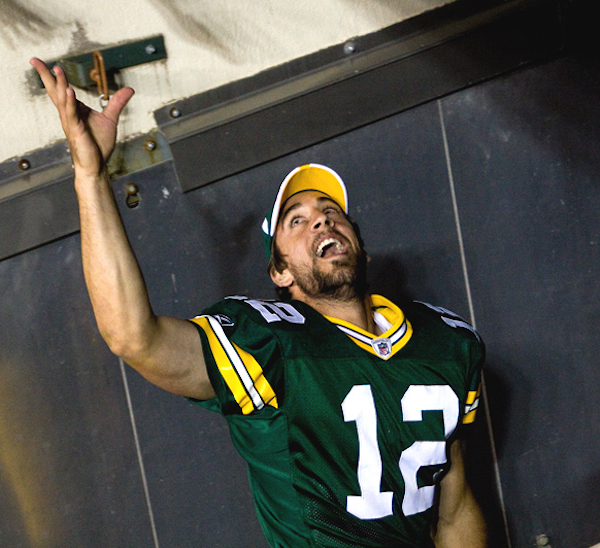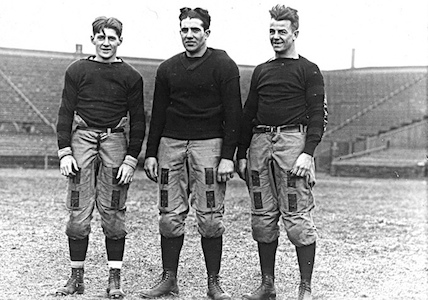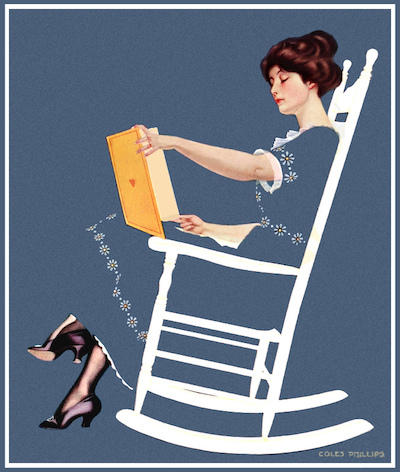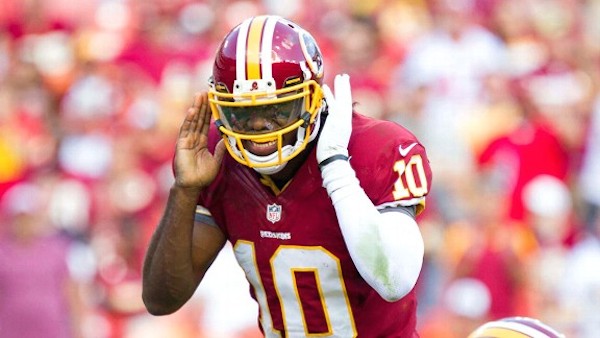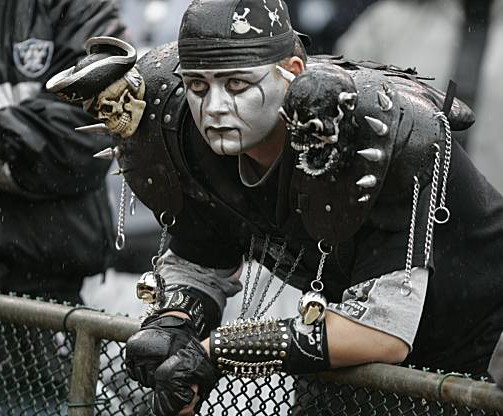Dear Sports Fan,
I was watching the Green Bay Packers play the Miami Dolphins yesterday and Aaron Rodgers “faked a spike.” The announcers acted like it was a big deal but I don’t really understand what happened. What is a spike in football? And why would you fake it?
Wondering,
Ana
Dear Ana,
Great question! When Aaron Rodgers faked that spike yesterday, it was exciting for a bunch of different reasons, some topical and some historic. Before I explain the specific play though, let’s get into the nature of a spike in football.
Spiking the football just means slamming the ball straight down onto the ground. A spike is a physical act. It’s often done in celebration, particularly, it seems by the New England Patriots. They’re just one team but they seem to loom large in the celebratory spiking world. Their star tight end, Rob Gronkowski is a spiking artiste of the highest order. Alan Siegel of Boston Magazine wrote in his A Brief History of the Gronkowski Spike that “Rob Gronkowski’s method of celebrating a touchdown is blissfully unsophisticated performance art.” In a recent game, quarterback Tom Brady and wide receiver Julian Edelman played hot potato until Brady finally spiked in triumph. Spiking the ball in celebration is an instinctive thing but it’s not what you’re asking about.
Spiking the ball can also have a very specific tactical use within the game of football. When a team is trailing at the end of a half or game, they’re compete not just against the other team but against the clock. Depending on what happens in each play, the clock either runs between plays or it stops. It’s sometimes hard to keep track of all of the various clock rules but here are the most common ones:
- The Clock Stops
- When a team takes a time out
- When the ball goes out of bounds
- When a pass is incomplete
- When there’s a score
- When there’s a penalty
- The Clock Runs
- When a runner or receiver is tackled in the field
Spiking the ball is like a special form of the incomplete pass. According to the NFL rules, “A player under center is permitted to stop the game clock legally to save time if, immediately upon receiving the snap, he begins a continuous throwing motion and throws the ball directly into the ground.” Spiking in this form is also called “clocking the ball” because you’re spiking to stop the clock.
So, when a team is running out of time late in the game and they either don’t have any time outs left or don’t want to take one, they can line up as for a regular play and then have the quarterback spike the ball. This stops the clock but it does count as a down. So, if it’s first and ten and the quarterback spikes the ball, the clock stops but the downs shift to second and ten. If you don’t know what that means, that’s fine — check out our post on understanding downs in football.
The thing with spiking the ball, is that usually it’s pretty obvious when a team is going to do it. The context of the game dictates when a team should spike and, just in case it wasn’t obvious, the quarterback is usually gesticulating wildly with spike-like arm motions to make sure that his teammates know what he’s going to do. It’s natural for the defense to pick up on what’s going on, and because they know their opponents aren’t really trying to do anything other than stop the clock by spiking, they have a tendency to relax and catch their breath for the next play. This leaves them vulnerable to a crafty quarterback who decides to take advantage of their assumptions.
If a quarterback decides to trick the defense, he can pretend to spike the ball and then run a regular play. This is what Aaron Rodgers did yesterday. The context of the game (down four points, twelve seconds remaining, first down) dictated a spike and so did the Packers’ body language. Instead of spiking it, Rodgers made a vague spiking motion and then quickly threw the ball to receiver Davante Adams who ran the ball about ten yards before being pushed out of bounds. The Packers went on to score a touchdown and win the game, partially because of this play. So why don’t more teams do this? There’s real risk in trying it. If Adams had been tackled in bounds, instead of getting out of bounds, the game would probably have ended without the Packers getting another play. It’s far safer to spike the ball and then use the remaining ten seconds to throw the ball into the end-zone where the only possibilities are a touchdown (Packers win), an incomplete pass (clock stops, they get another chance as long as there’s time remaining), and an interception (Dolphins win.) The Packers would probably have had two or three chances if they chose the safe route.
As an added bonus, the most famous fake spike ever was executed by the most famous Miami Dolphin ever, Dan Marino. His fake spike resulted in a touchdown and victory over the New York Jets in 1994. When Rodgers pulled the fake spike yesterday, the announcers pointed out that, by doing it in Miami, he was almost performing an homage to Marino. I doubt Rodgers himself was thinking about that during the game yesterday. In fact, it came out after the game that the receiver who caught it had no idea it was coming.
The fake spike is a big deal because it happens rarely but when it does, it often is pivotal to the result of the game. It’s also enjoyable because it’s one of the ultimate chutzpah moves in sports. A quarterback who fakes a spike is taking all of football’s conventions and breaking them to trick their way to a win.
Thanks for the question,
Ezra Fischer

